How to play chord inversions on a piano or MIDI keyboard
The same chord can be played in different ways...
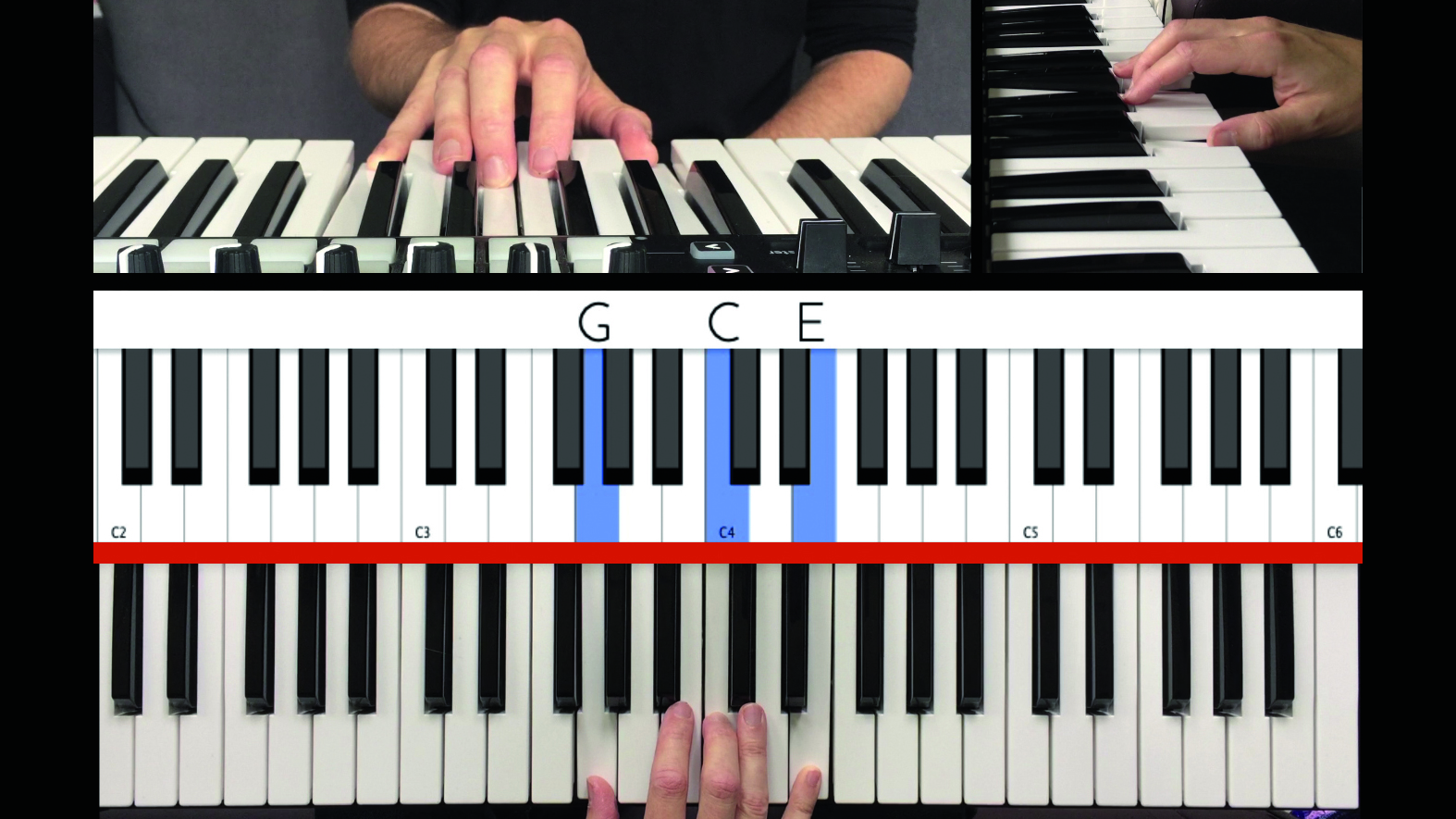
You might have heard of chord inversions, but do you actually know what they are, or how you play them on your piano, digital piano or MIDI keyboard...
All will be revealed in the walkthrough below: get ready to switch positions.
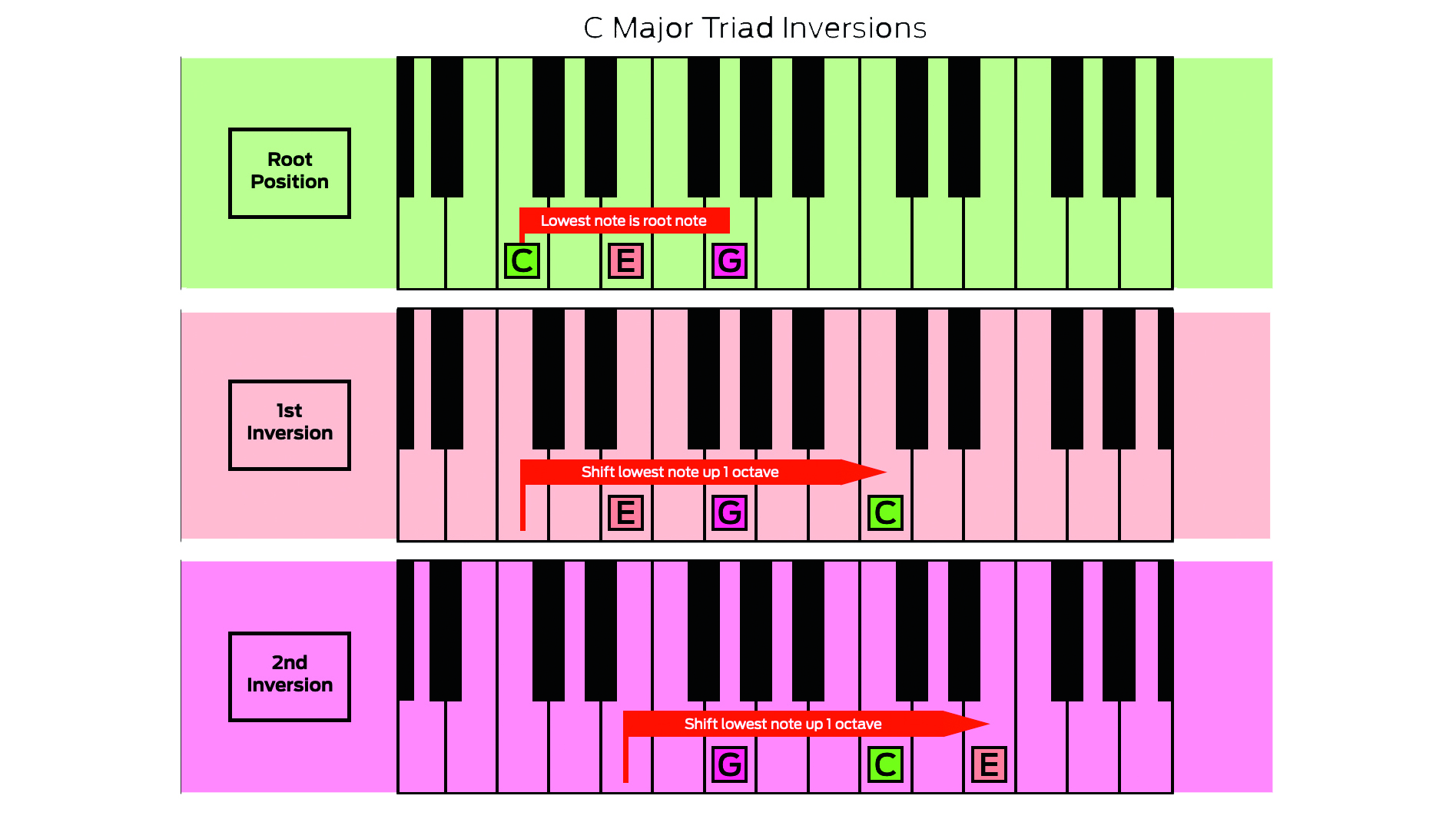
Step 1: Inversions, or inverted chords, are just different versions of the same chord played with the notes in a different order. In the case of a triad, which as we know contains three notes, there are two possible other ways to play it other than what’s called ‘root position’, ie with the root note as the lowest pitch note.
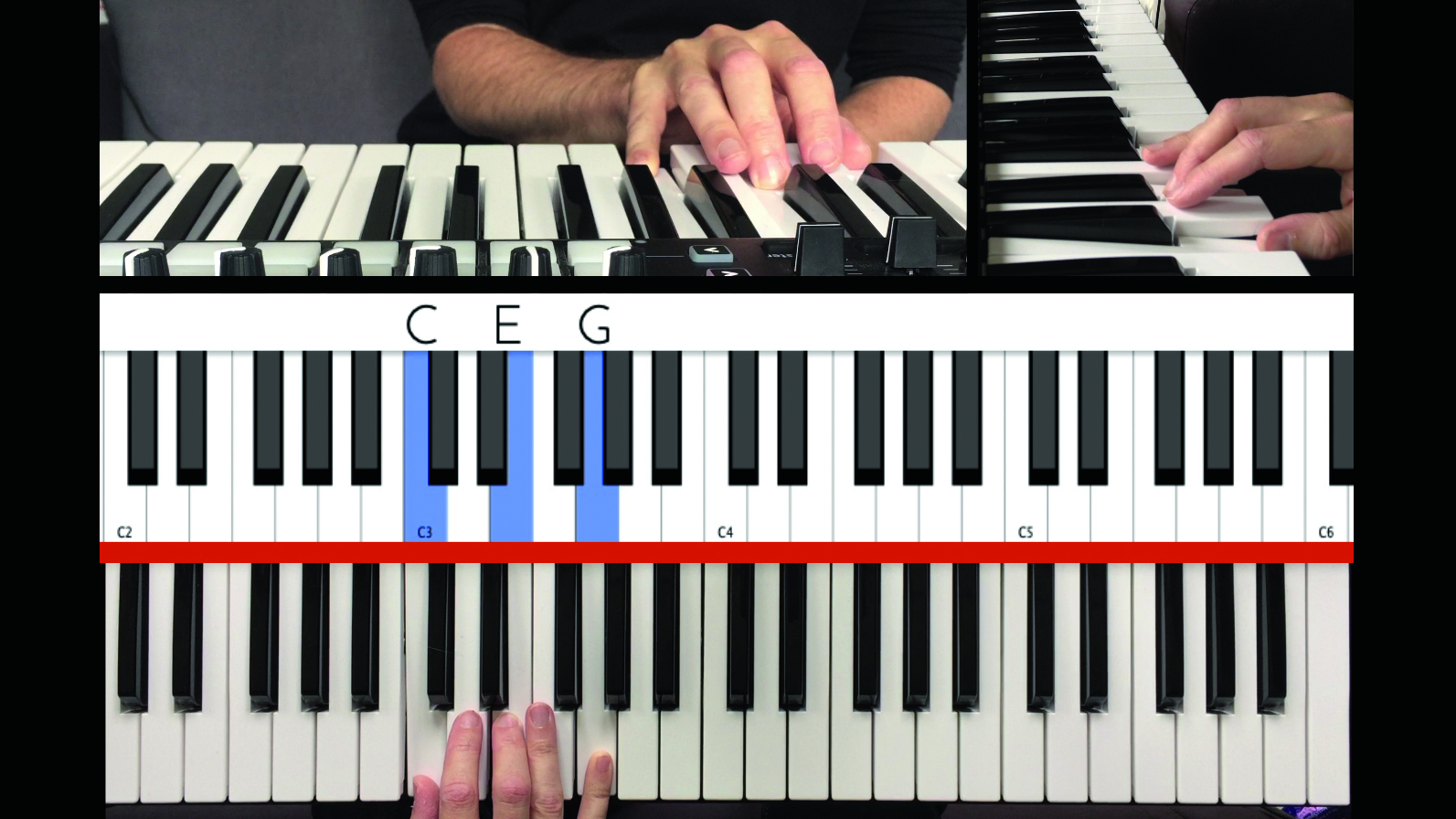
Step 2: Let’s look at the same C major triad that we’ve been dealing with up to this point. Our thumb is on the C key, which is the root note, finger 3 plays E and finger 5 plays G. This standard arrangement or ‘voicing’ of the chord is called root position because C – the note the chord is based on – is at the bottom of the pile, furthest left on the keyboard.
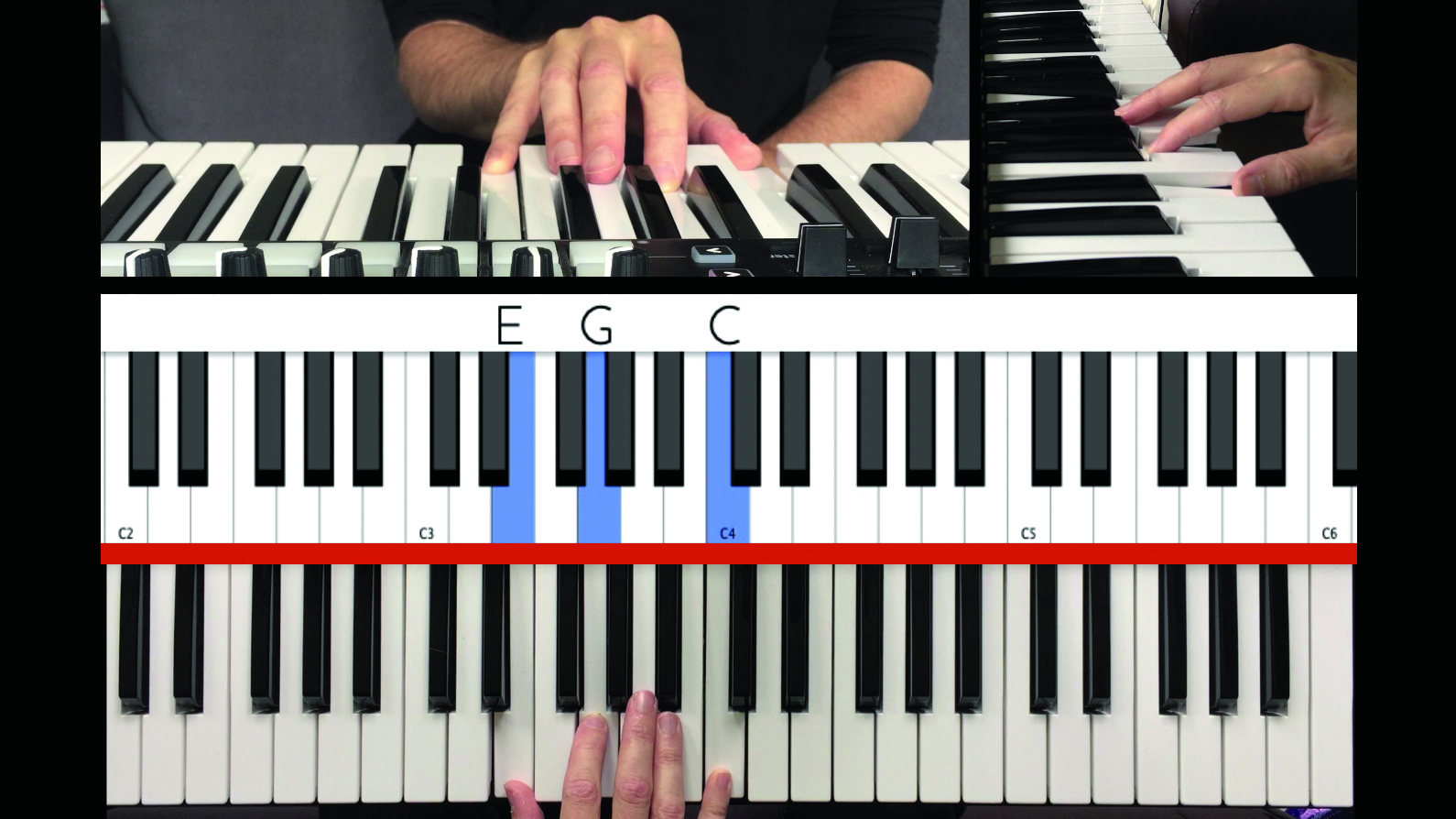
Step 3: Let’s move up to play a first inversion C major triad. Slide up the keyboard to the right so that your thumb covers E, but play G with finger 2. Swapping out finger 3 for finger 2 like this to play the middle note in the chord allows us to stretch out finger 5 to hit the higher C. This is still a C major triad, but now played in the first inversion.

Step 4: Now let’s move up a 2nd inversion C major triad. Slide your hand up again to the right so that your thumb is now covering G. Switch back to finger 3 for the middle note of the chord, which is now C. Using this finger for the middle note makes it less of a stretch for finger 5 to play the new top note of the chord, which is now E.
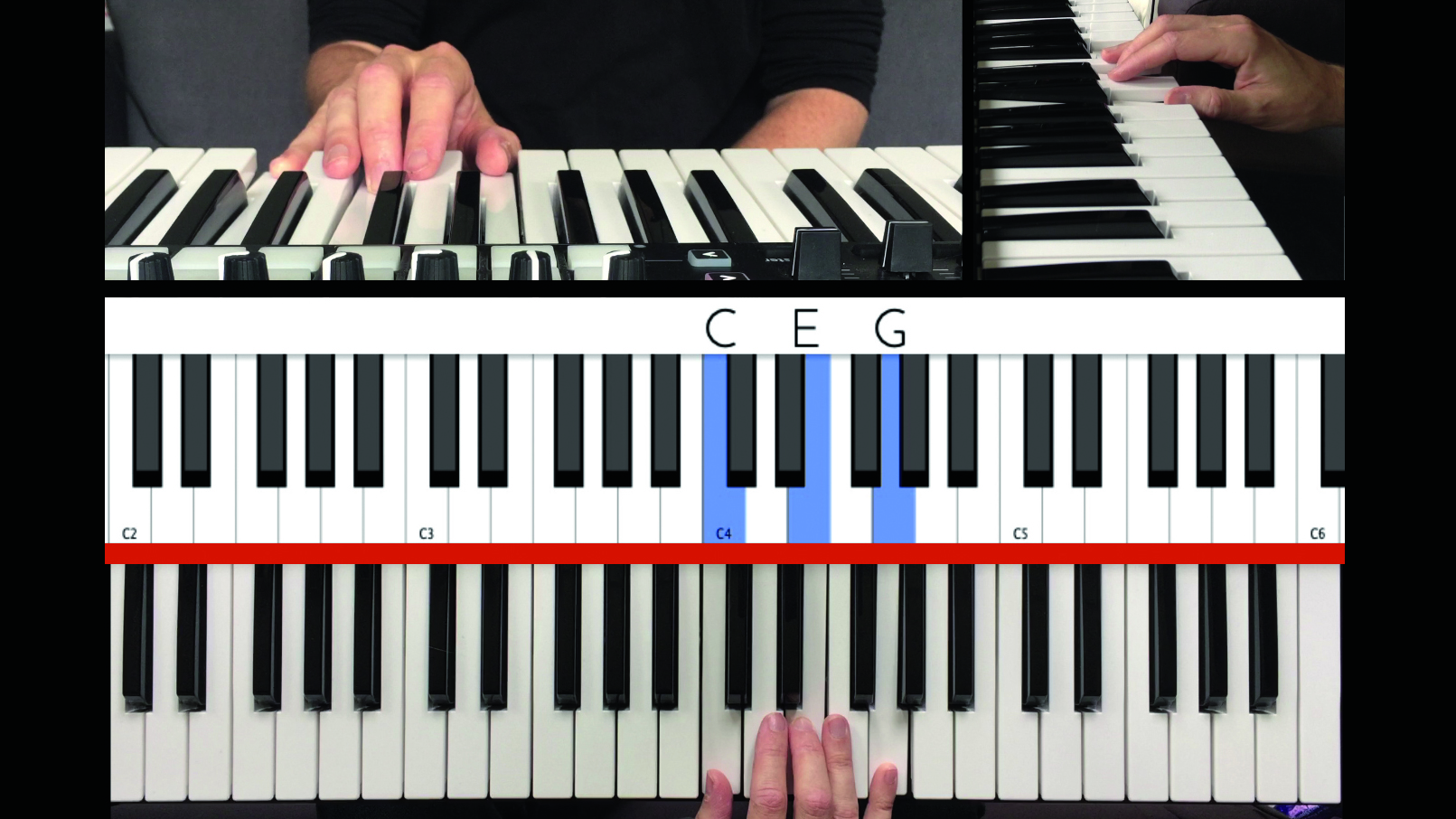
Step 5: Finally, shift up once more and place your thumb on the next C to play another root position C major triad an octave up from the first. We’ve now arrived back at our starting chord shape, only an octave higher. Playing inversions dramatically increases your musical range, as it gets you playing in all areas of the keyboard (known as registers).
Get the MusicRadar Newsletter
Want all the hottest music and gear news, reviews, deals, features and more, direct to your inbox? Sign up here.
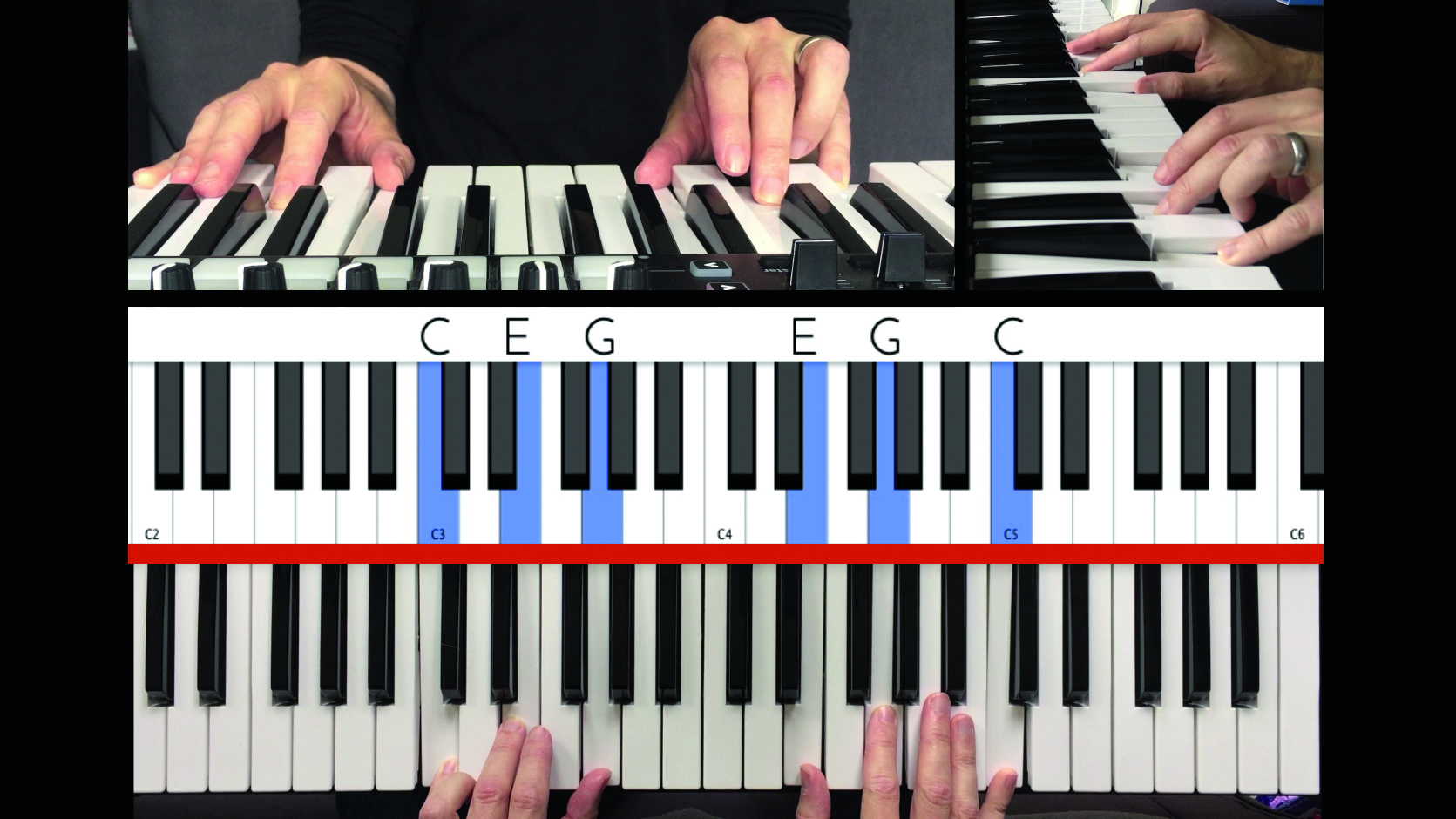
Step 6: An easy way to work out successive inversions of chords is to pinpoint the lowest note, then just shift it up an octave, leaving the other two notes as is. To go down, just shift the highest note in the chord an octave down. This allows you to bounce your way around the keyboard, accessing other registers quickly in a musical fashion.
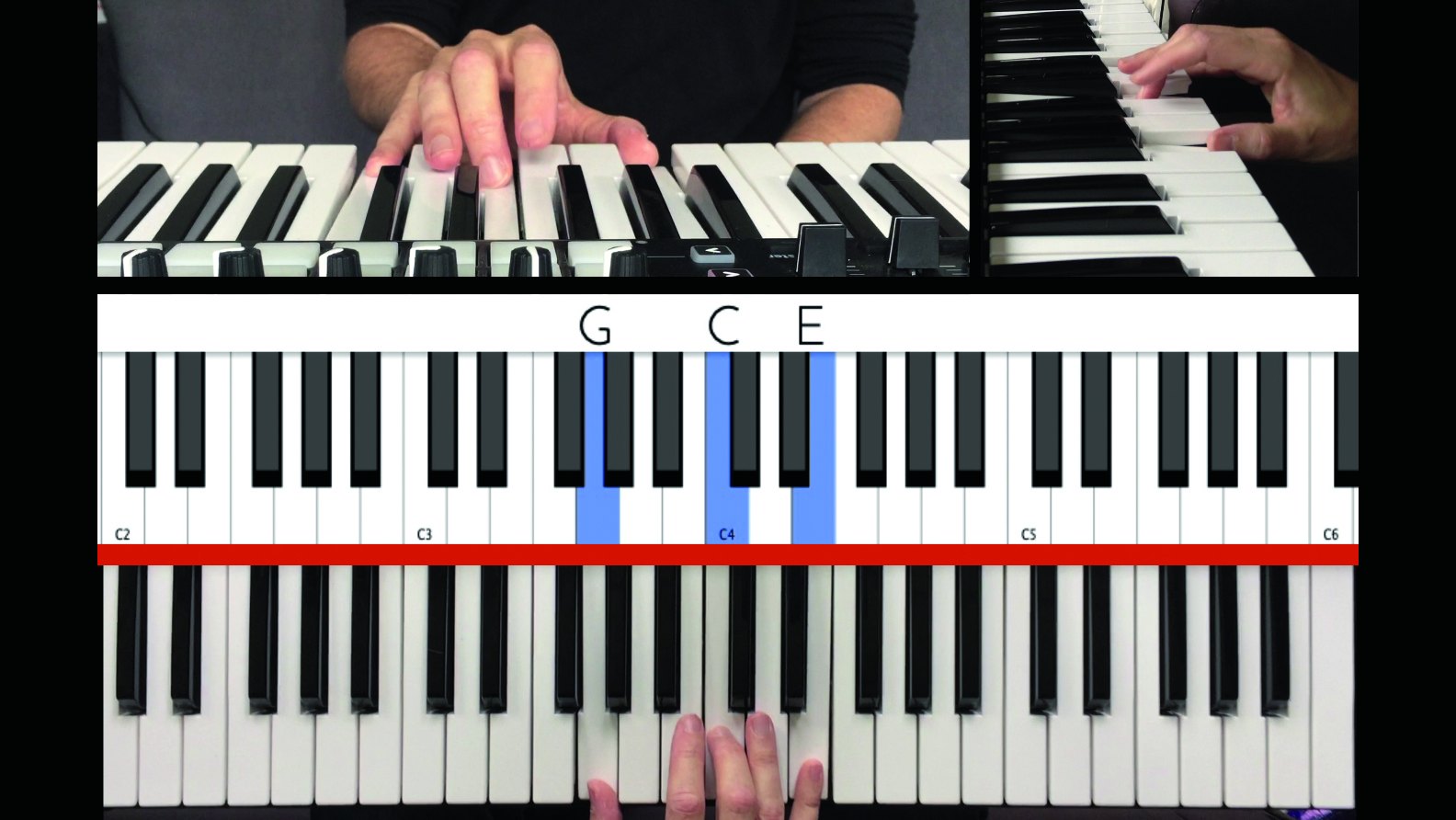
Step 7: To practise inversions, set up a basic beat as a metronome, then leap up and down the keyboard playing a different inversion of C major each time, focusing on accurate playing and timing of each chord. Again, start out slowly to give yourself enough time to form the different chord shapes and get them under your fingers properly.
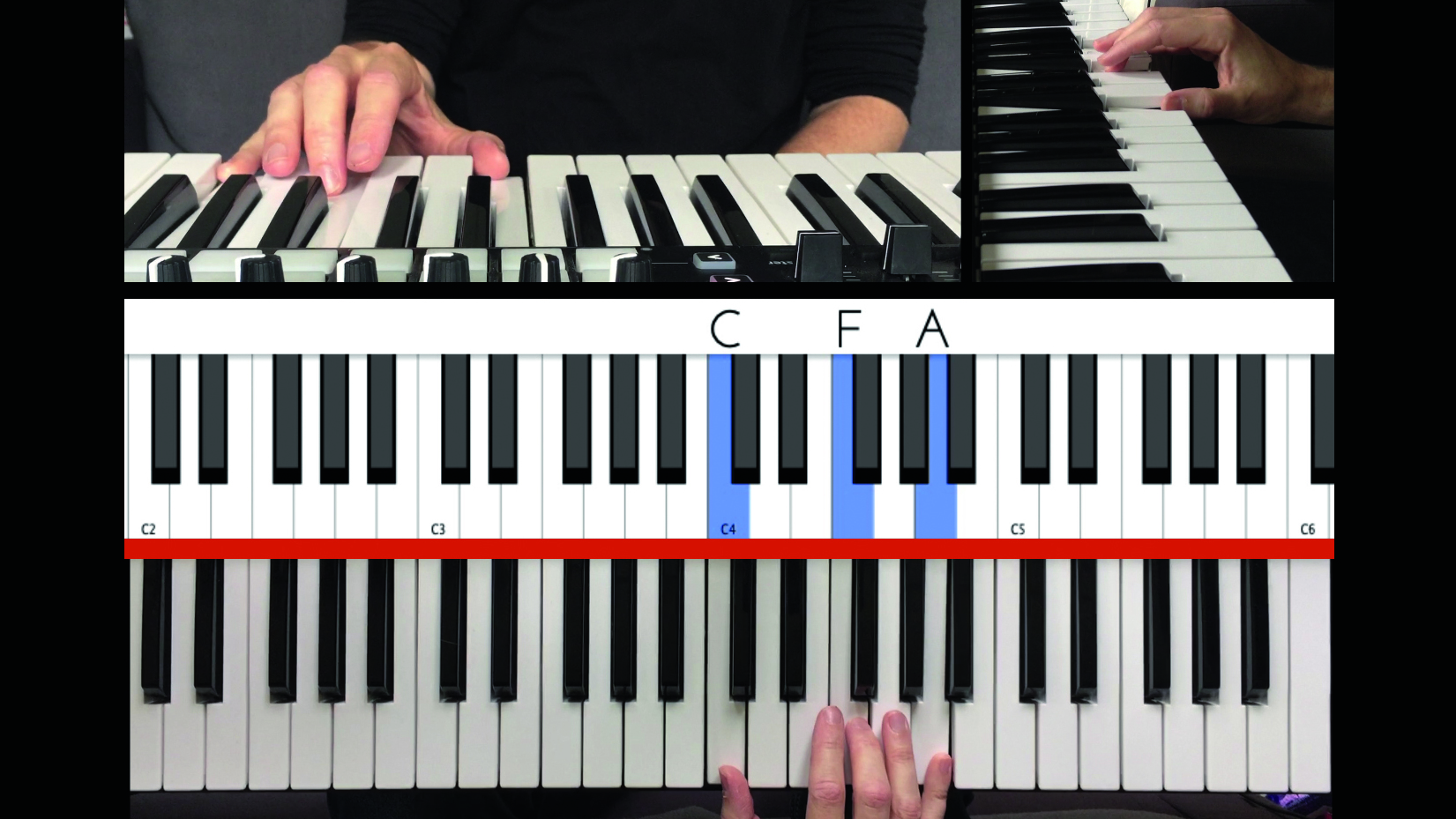
Step 8: Now try the same idea with F major and G major triads. To play these chords, use the same chord shapes as for C major, but use the notes F and G as your root notes for the root position triad. The notes are laid out the same for each inversion of F and G as they are for C because they’re the three major diatonic chords for the key of C major.
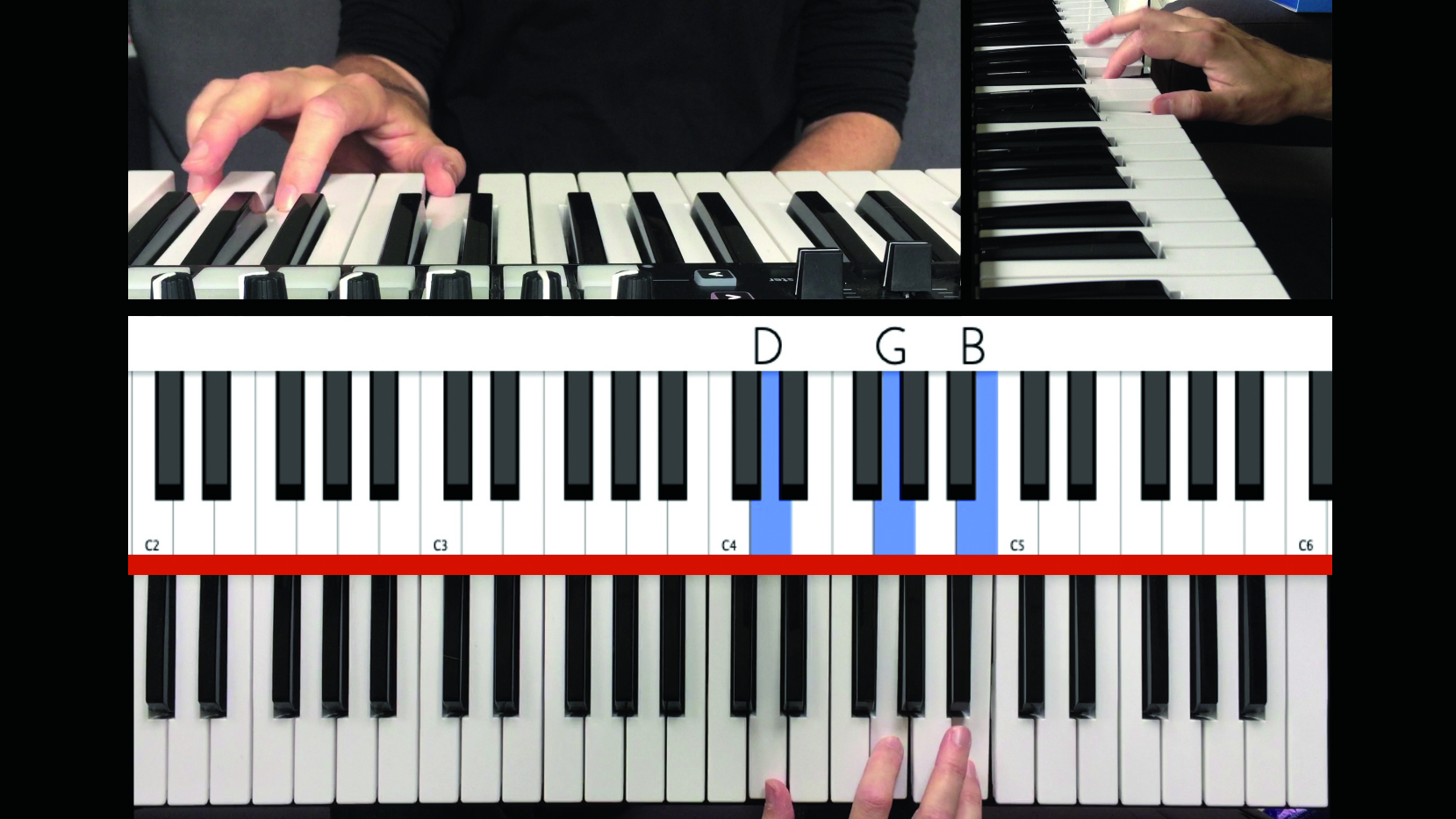
Step 9: Once you have all three sets of inverted chords under your belt, slow things down again and try switching between C major, G major and F major inversions. Mix things up randomly, switching chords on the fly, and you’ll soon develop fluidity when changing chords, another important step towards being able to play full songs.
Computer Music magazine is the world’s best selling publication dedicated solely to making great music with your Mac or PC computer. Each issue it brings its lucky readers the best in cutting-edge tutorials, need-to-know, expert software reviews and even all the tools you actually need to make great music today, courtesy of our legendary CM Plugin Suite.










